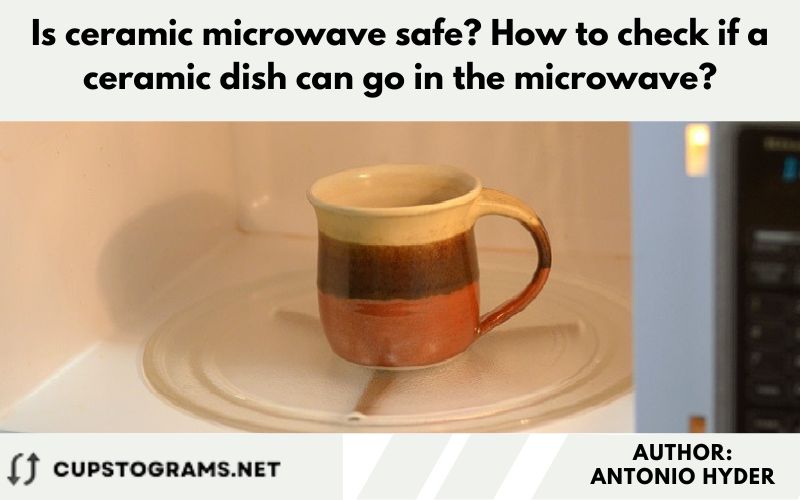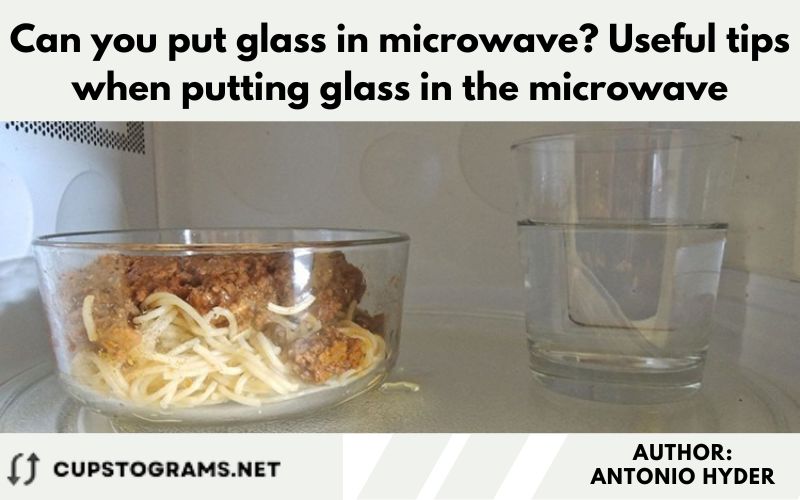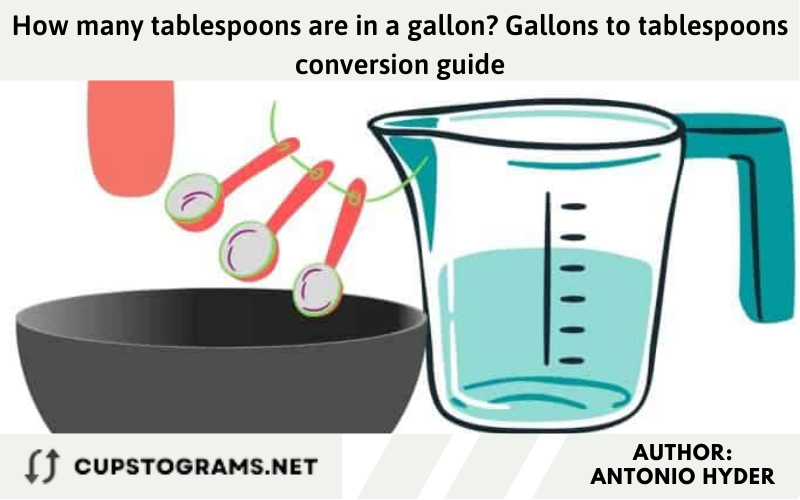Baking conversion charts – Basic kitchen conversions for optimal cooking accuracy


Baking conversion charts can make baking easier by providing measurements for ingredients. In this blog post, we’ll discuss the importance of being familiar with baking conversion charts.
- How many ounces in a gallon? Gallon to ounces conversion chart
- Ml to quarts conversion – How many milliliters equal one quart?
- How many cups in a gallon? Conversion guide from a gallon to cups
- How many ounces in a tablespoon? Easy way to convert tablespoon to ounce
- How many tablespoons are in a gallon? Gallons to tablespoons conversion guide
Antonio Hyder also provides basic kitchen conversions for optimal cooking accuracy. By the end of this article, you should have a better idea of how to read and apply them!
You are watching: Baking conversion charts – Basic kitchen conversions for optimal cooking accuracy
Baking conversion charts
Baking conversions are essential for successful recipe outcomes. Utilizing a handy kitchen conversion chart allows bakers to convert measurements accurately.
Bakers can simplify baking by knowing how to convert ingredient measurements on the go.
Cups to ounces conversion
| Measurement/Ingredient | Ounces |
|---|---|
| 1 c. all-purpose flour | 4.5 oz |
| 1 c. granulated sugar | 7.1 oz |
| 1 c. unsifted powdered sugar | 4.4 oz |
| 1 c. packed brown sugar | 7.75 oz |
| 1 c. rolled oats | 3 oz |
| 1 c. vegetable oil | 7.7 oz |
| 1 c. milk | 8 oz. |
| 1 c. heavy cream | 8.4 oz |
| 1 c. butter | 8 oz. |
| 1 large egg (white + yolk) | 1.7 oz |
Cups to grams conversion
| Measurement/Ingredient | Grams |
|---|---|
| 1 c. all-purpose flour | 127 g |
| 1 c. granulated sugar | 200 g |
| 1 c. unsifted powdered sugar | 125 g |
| 1 c. packed brown sugar | 220 g |
| 1 c. rolled oats | 85 g |
| 1 c. vegetable oil | 218 g |
| 1 c. milk | 227 g |
| 1 c. heavy cream | 238 g |
| 1 c. butter | 227 g |
| 1 large egg (white + yolk) | 48 g |
UK and US cooking measurements
| US cups | US fl oz | UK imperial | UK ml |
|---|---|---|---|
| 1/8 cup | 1 fl oz | 2 tbsp | 30 ml |
| ¼ cup | 2 fl oz | 4 tbsp | 60 ml |
| 1 /3 cup | – | 5 tbsp | 75 ml |
| ½ cup | 4 fl oz | 4 fl oz | 125 ml |
| 2/3 cup | – | 5 fl oz ¼ pint | 150 ml |
| 3/4 cup | 6 fl oz | 6 fl oz | 175 ml |
| 1 cup | – | 9 fl oz | 250 ml |
| – | 10 fl oz | 10 fl oz ½ pint | 300 ml |
| 2 cups | 16 fl oz = 1 US pint |
16 fl oz | 450 ml |
| – | – | 20 fl oz = 1 UK pint | 500 ml |
| 3 cups | – | 1 ¼ – 1 ½ pints | 750 ml |
| 4 cups | 32 fl oz = 2 US pints |
1 ¾ pints | 1 litre |
Accurately measure your ingredients with a kitchen scale
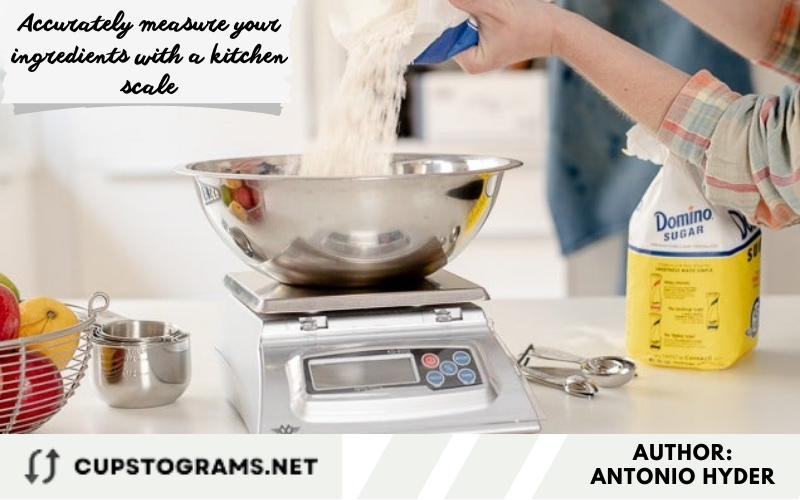
Even though ingredients take up the same amount of space, they do not all weigh the same. For this reason, a kitchen scale is an invaluable tool to have in your arsenal—and don’t worry! They’re also reasonably priced!
The most commonly used cooking measurement abbreviations
Following a recipe is no small task, and it’s helpful to comprehend those cooking abbreviations. When written out, many recipes use shorthand. If you don’t know the meaning of any abbreviations used in making your dish, the results could be disastrous.
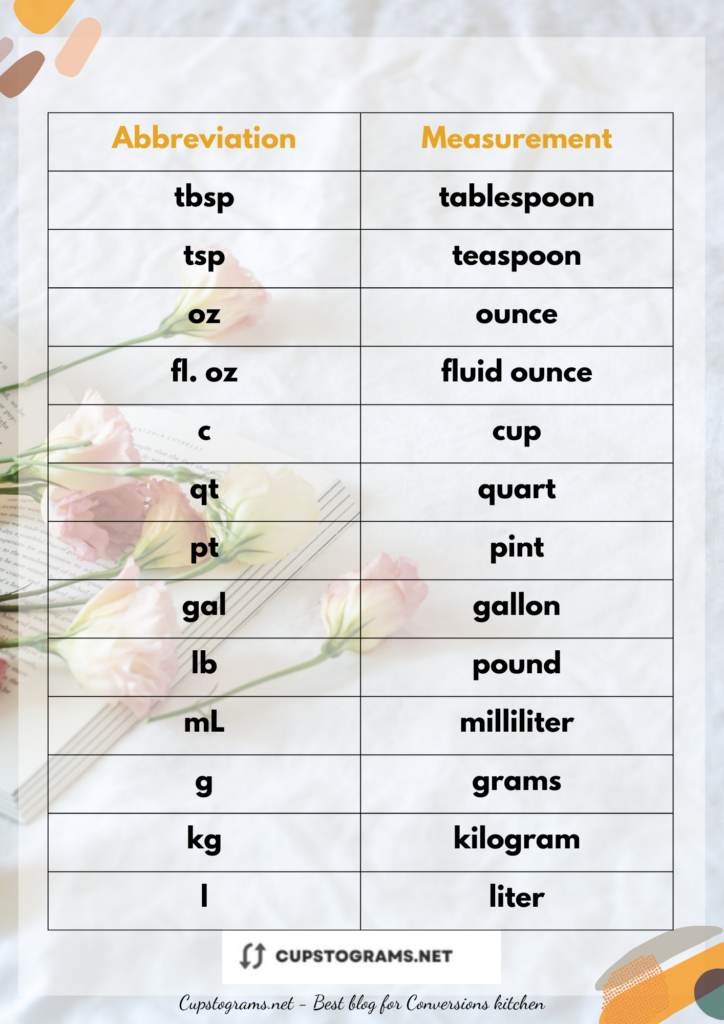
Understand the difference between dry ingredients and liquid ingredients
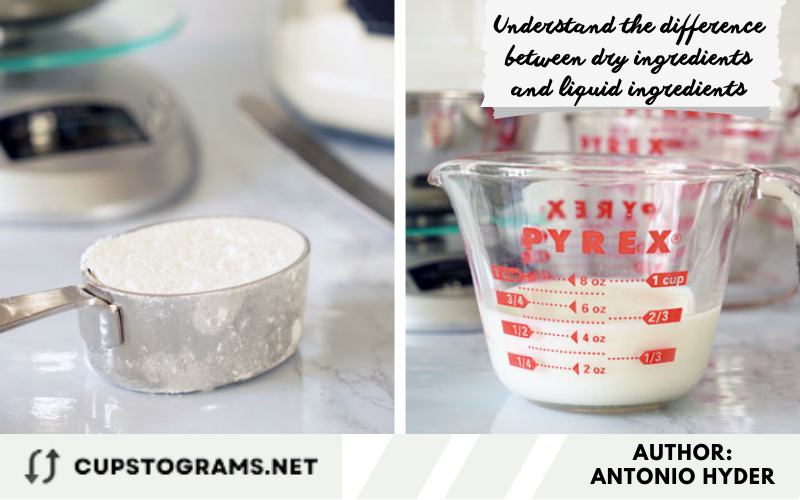
When calculate ingredients for a recipe, you should use different tools depending on whether the ingredient is dry or liquid.
See more : How many tablespoon to cup? Cup to tablespoon conversion chart
Dry ingredients can be calculated with cups and spoons. Measuring cups are needed for accurate measurements of liquid ingredients.
- Measuring dry ingredients requires you to use the scoop-and-level method: Fill the cup as full as possible, then scrape off any excess. Liquid measuring cups are not built for this process, making them inappropriate when working with dry materials.
- When measuring liquid ingredients in small amounts, a liquid measuring cup won’t suffice. In such cases, you will need to break out the trusty old set of measuring spoons for more precise results.
Ounce and fluid ounce

It’s important to be mindful of the distinction between ounces and fluid ounces when preparing recipes. Ounces measure weight, while fluid ounces determine volume.
Dry ingredients are usually weighed in ounces. Meanwhile, liquid ingredients require measuring with the use of a measuring cup (which is measured in fluid oz). This means that if you’re reading a recipe that calls for 8 oz of flour, it doesn’t necessarily translate into 1 cup.
Basic kitchen conversions for optimal cooking accuracy
Knowing basic cooking measurements conversion is essential to succeeding in the kitchen. You must understand all aspects of a recipe if you want your dish to turn out right.
Cooking Equivalents and Measures
Source: www.exploratorium.edu
Conversion chart for dry measurements
| Teaspoons | Tablespoons | Cups |
|---|---|---|
| 3 tsp | 1 tbsp | 1/16 c |
| 6 tsp | 2 tbsp | 1/8 c |
| 12 tsp | 4 tbsp | 1/4 c |
| 24 tsp | 8 tbsp | 1/2 c |
| 36 tsp | 12 tbsp | 3/4 c |
| 48 tsp | 16 tbsp | 1 c |
Table measuring liquid ingredients
| Fluid Ounces | Cups | Pints | Quarts | Gallons |
|---|---|---|---|---|
| 8 fl. oz | 1 c | 1/2 pt | 1/4 qt | 1/16 gal |
| 16 fl. oz | 2 c | 1 pt | 1/2 qt | 1/8 gal |
| 32 fl. oz | 4 c | 2 pt | 1 qt | 1/4 gal |
| 64 fl. oz | 8 c | 4 pt | 2 qt | 1/2 gal |
| 128 fl. oz | 16 c | 8 pt | 4 qt | 1 gal |
What are baking pan conversions?

Unless you’re a professional baker, having multiple type of baking pan is an unnecessary extravagance. Fortunately, US recipes are often quite malleable and can be easily modified for the pan you own. With just a few simple adjustments, your cooking masterpiece will come out of any oven perfectly!
- 9-inch round cake pan = 12 cups
- 10-inch tube pan = 16 cups
- 10-inch bundt pan = 12 cups
- 9-inch springform pan = 10 cups
- 9 x 5 inch loaf pan = 8 cups
- 9-inch square pan = 8 cups
Transform Metric measurements into US standard
Make rapid transformation between baking metric conversion and imperial measurements with the help of these free printable kitchen conversion charts!
Volume
| Metric | Standard |
|---|---|
| 1 mL | 1/5 tsp |
| 5 mL | 1 tsp |
| 15 mL | 1 tbsp |
| 240 mL | 1 c (8 ounces) |
| 1 liter | 34 fl. oz |
Weight
| Metric | Standard |
|---|---|
| 1 g | 0.035 oz |
| 100 g | 3.5 oz |
| 500 g | 17.7 oz (1.1 lb) |
| 1 kg | 35 oz |
Imperial to Metric measurement conversion
| Imperial | Metric |
|---|---|
| 1/5 tsp | 1 ml |
| 1 tsp | 5 ml |
| 1 tbsp | 15 ml |
| 1 fl. oz | 30 ml |
| 1 c | 237 ml |
| 1 pt | 473 ml |
| 1 qt | .95 l |
| 1 gal | 3.8 l |
| 1 oz | 28 g |
| 1 lb | 454 g |
A conversion chart for oven temperature
Oven Temperature Equivalencies Description °F °C Cool 200 90 Very Slow 250 120 Slow 300-325 150-160 Moderately Slow 325-350 160-180 Moderate 350-375 180-190 Moderately Hot 375-400 190-200 Hot 400-450 200-230 Very Hot 450-500 230-260 This table was collected from www.nist.gov
FAQs Baking conversion charts – Basic kitchen conversions for optimal cooking accuracy
How to accurately convert measurements when baking?
To ensure the perfection of your baking endeavors, it’s vital to precisely calculate ingredients. This can prove tricky if a recipe requests measurements in an unfamiliar unit.
- 1 tablespoon = 3 teaspoons = 15 milliliters.
- 4 tablespoons = 1/4 cup = 60 milliliters.
- 1 ounce = 2 tablespoons = 30 milliliters.
- 1 cup = 8 oz.
- 1 pint = 2 cups = 500 milliliters.
- 1 quart = 4 cups = 950 milliliters.
- 1 quart = 2 pints = 950 milliliters.
How to accurately calculate grams and cups for baking?
All-purpose flour is a kitchen staple and an essential ingredient for many recipes. Did you know that one cup of all-purpose flour weighs 150 grams? For smaller amounts, remember that one tablespoon weighs 10 grams and just one teaspoon holds 3 grams.
How do I get the exact measurements when baking?
Ingredient Percentage = Ingredient Weight / Total Flour x 100%
For instance, if you need 60 pounds of water and 100 pounds of flour for a specific recipe, the baker’s percent would be calculated as 60% water. If there are two kinds of flour being used instead, their combined weight should equal 100%.
Do you know how many ounces are in a cup when baking?
According to the US system of measurement, one cup is equivalent to 240 ml (or 8.45 imperial fluid ounces).
Conclusion
Baking conversion charts are an essential tool for any beginner baker or experienced pastry chef. With the right cooking conversion charts printable, baking measurements can be made easier, faster, and more accurate. Cupstograms.net have provided you with a list of the most common ingredients so that you can feel prepared to tackle whatever recipe comes your way.
Source: https://cupstograms.net
Category: Recipes
